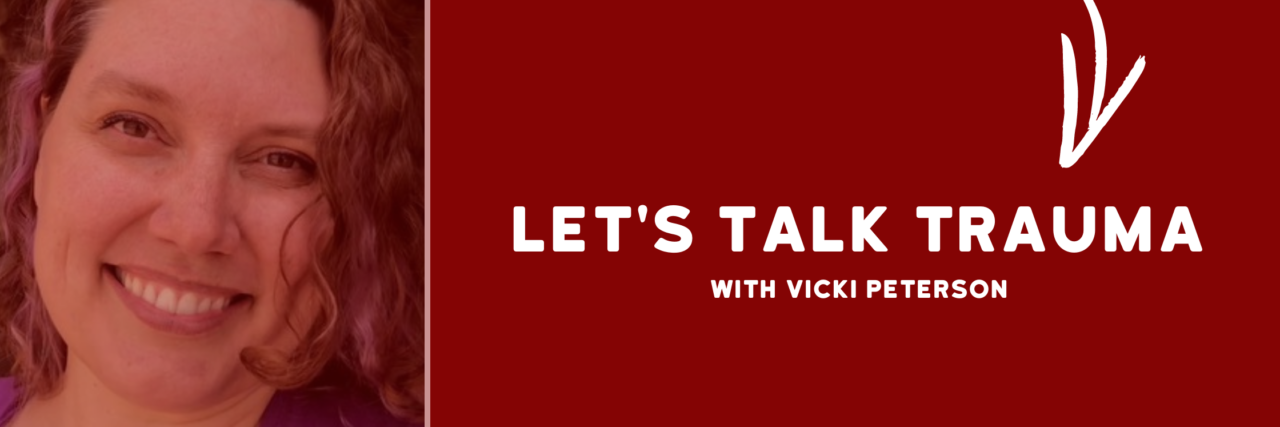The word “trauma” often gets tossed around in our vernacular, as if it were a substitution for “embarrassed” or “uncomfortable.” For example: “Uh, he didn’t text me back. I am so traumatized.” But really, what is trauma?
Everyone experiences some amount of trauma in their lifetime. How much is considered “too much” and why do some people develop lifelong physical and psychological symptoms while others don’t, or at least don’t to the same degree? According to the American Psychiatric Association, one in eleven people will be diagnosed with post traumatic stress disorder (PTSD) in their lifetime. However, the number of people affected by traumatic events is much higher than that.
According to the American Psychological Association, “Trauma is an emotional response to a terrible event like an accident, rape or natural disaster. Immediately after the event, shock and denial are typical. Longer term reactions include unpredictable emotions, flashbacks, strained relationships and even physical symptoms like headaches or nausea. While these feelings are normal, some people have difficulty moving on with their lives. Psychologists can help these individuals find constructive ways of managing their emotions.”
Trauma is rooted in perception, and the experience is deeply personalized according to a variety of factors, internal and external. It’s common coping mechanism for traumatized people to believe what happened to them was “not that bad” or “not as bad as someone else.” Denial and minimization might help someone survive a tough situation short term, but using these coping skills long term delays the healing process. Also, people who have been psychologically abused and told their trauma doesn’t exist or doesn’t matter will often question the validity of their experience. If someone perceives trauma plays a role in their life, no one else gets to deny their experience.
PTSD is typically characterized by a single traumatic event, while complex PTSD (C-PTSD) tends to form from multiple events over a period of time.
Say someone is unwittingly pushed into an icy river. The shock of the water and the feeling of terror before they resurface and eventually survive, might stay with them for life. Any time they see a river, they are reminded of this event, and feel their body tense up. They no longer trust anyone around water. While PTSD is like a shock of ice water, C-PTSD is more like the constant drip of water torture. Say someone is interrogated, then held under a faucet with a constant drip for months on end. Perhaps each individual drop doesn’t initially seem too bad but being held captive in this way over time makes each drop more excruciating than the last. Eventually, they are so worn down, they break. Due to the psychological damage inflicted, water torture is considered unethical in most countries due to the long term effects on victims.
Over time, multiple traumas, even unrelated to one another, can cause the same physiological effects in the body. So, for example, if you were bullied by friends at thirteen, and then criticized by a toxic co-worker at twenty-three, the impact of unhealed trauma from age thirteen also comes up at age twenty-three, making the current trauma feel twice as heavy. Multiply this scenario over a lifetime, and it’s easy to see why people who had traumatic childhoods often feel exhausted and overwhelmed by the compound effects of trauma later in life.
Under stress, there are a number of ways the brain and body physically respond to trauma, which can lead to a variety of health issues over time. In addition to the physical challenges, people who live with PTSD and C-PTSD are often navigating multiple challenges in mental health. Anxiety, depression, hyper-vigilance, avoidance, dissociation are just a few common symptoms.
Trauma is treatable and recovery is possible. However, the recovery process almost always requires a deeper look into one’s own attitudes and behaviors. On top of physical and mental health challenges, trauma survivors almost universally experience feelings of deep shame over feeling “defective,” “weak,” or “not enough.” Acknowledging these thoughts as false and healing feelings of shame is often the first necessary step on the long and winding road to recovery.
Learning self-compassion, caring for one’s emotional state, caring for the physical body, setting boundaries and learning to identify and bond with safe people is the work of trauma survivors. Like trauma itself, trauma recovery exists on a spectrum, and it is not linear. It’s a common experience to feel like you’re “getting better” and then be taken by surprise when hit with a new layer of grief. By returning to self-compassion and self-care, trauma survivors learn to peel away the layers to reveal a more authentic and secure sense of self.
Lead image courtesy of Vicki Peterson

